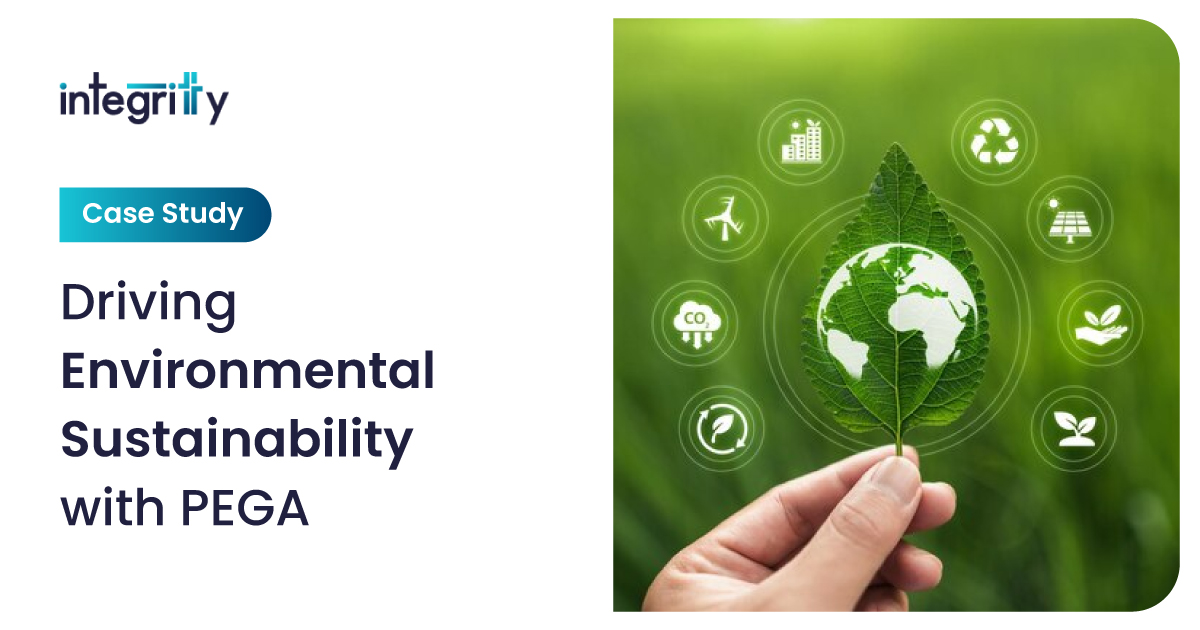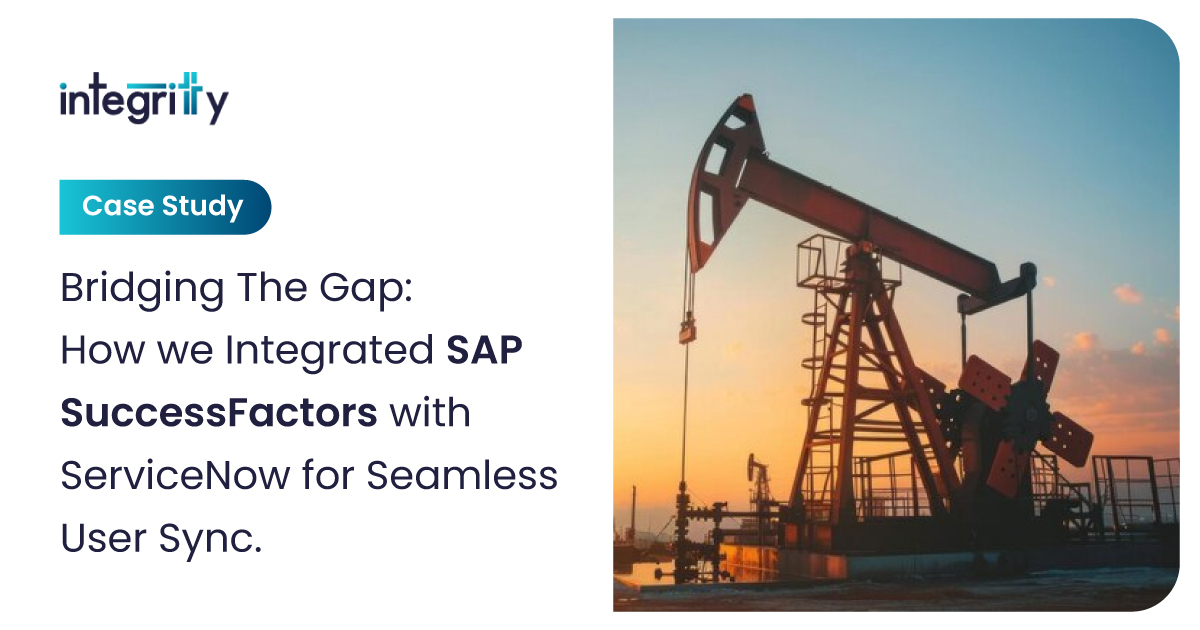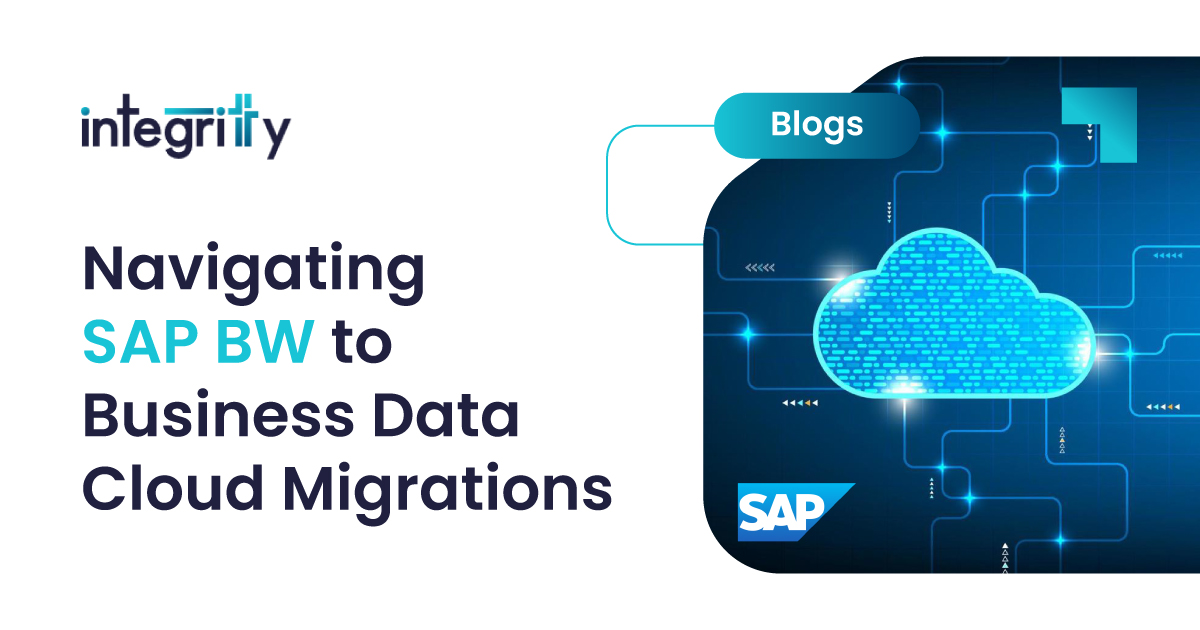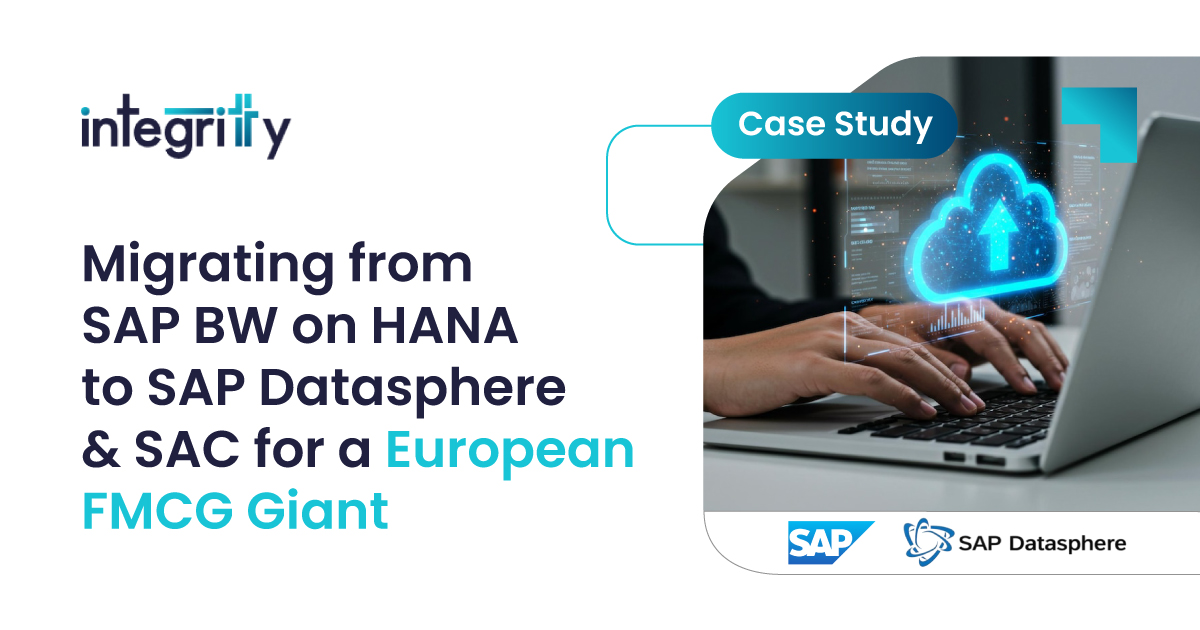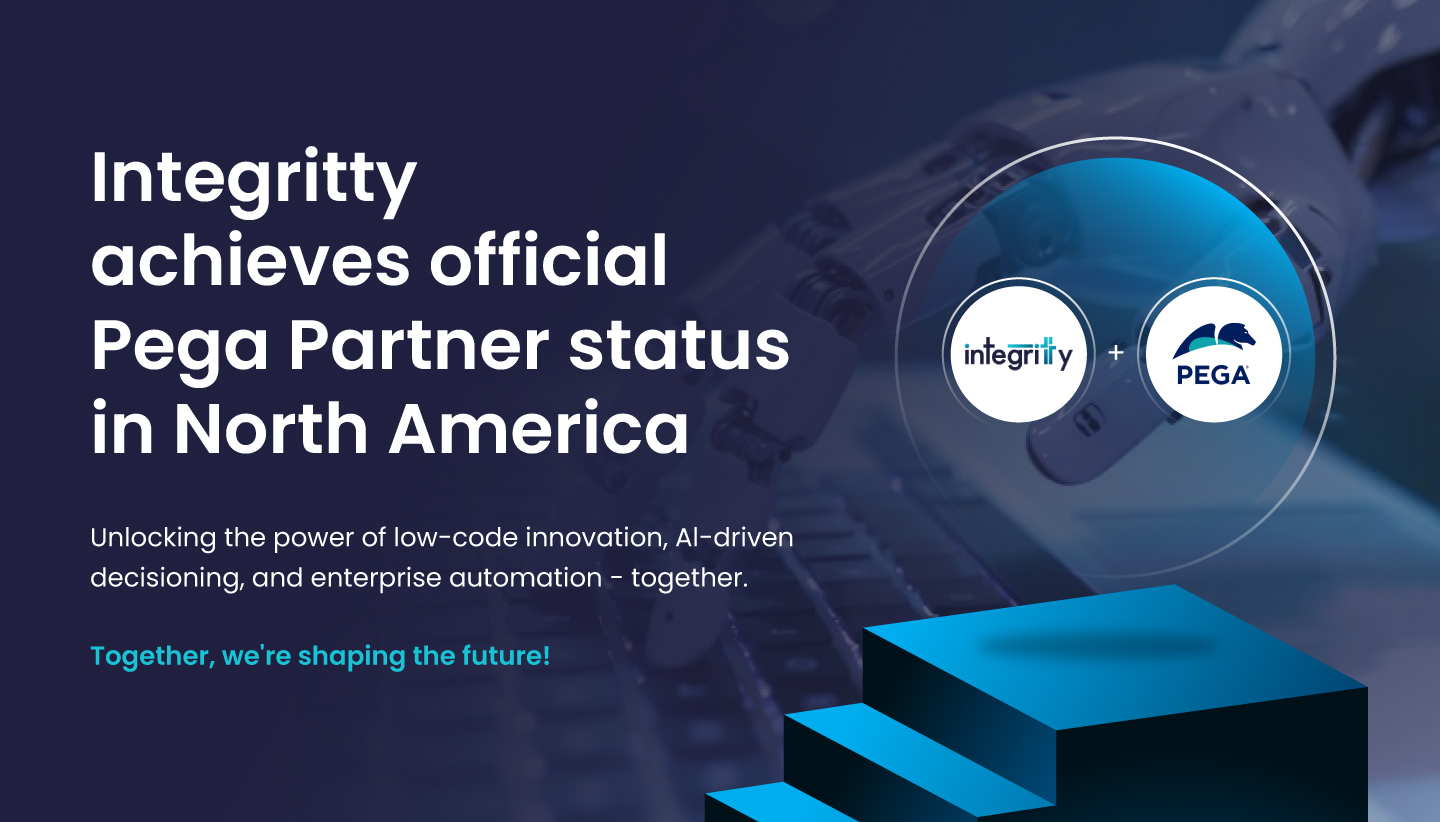Background:
A Class-1 Railroad company was facing growing pressure to modernize its processes for monitoring, reporting, and enforcing environmental regulations. Traditional systems were fragmented, requiring manual coordination between multiple departments and third-party stakeholders. This created inefficiencies, delays in decision-making, and limited visibility into compliance and sustainability outcomes.
Challenge:
The company needed a unified digital platform to:
- Accelerate and simplify environmental permit applications and approvals.
- Enable field teams to conduct assessments in remote locations without internet connectivity, with seamless data synchronization once online.
- Deliver real-time environmental insights and dashboards to policymakers for informed decision-making.
- Minimize manual paperwork and enhance public transparency through digital self-service and open reporting.
Solution:
To address these challenges, the client partnered with Integritty, which brought deep expertise in building scalable, impact-driven solutions. Leveraging the robust capabilities of the PEGA platform, Integritty designed a solution that consolidated environmental impact data from diverse field operations into a unified, centralized Environmental Compliance & Monitoring System:
- Case Management: Streamlined workflows for permits, inspections, and impacted areas, supported by clear SLAs and automated escalation paths.
- Integration: Seamlessly connected with Esri ArcGIS to map and annotate affected regions, while leveraging Microsoft Single Sign-On (SSO) to ensure secure, role-based access for authorized users.
- Public Portal: Introduced a user-friendly self-service portal, enabling applicants to submit permits, report environmental concerns, and track case progress in real time.
- Low-Code Agility: Empowered rapid configuration and policy updates without heavy IT involvement, keeping the platform adaptive to evolving environmental regulations.
Benefits:
- Enhanced Data Accuracy: Centralized data collection minimized errors associated with manual entry and disparate systems.
- Improved Compliance: Automated reporting reduced regulatory risks and ensured timely compliance with environmental standards.
- Environmental Stewardship: Proactive monitoring and mitigation measures promote sustainable practices and strengthen corporate social responsibility.
- 60% faster permit approvals, reducing backlogs and enabling timely development aligned with sustainability guidelines.
- Improved compliance monitoring, with AI alerts leading to a 30% increase in early detection of violations.
- Greater transparency and trust, as the public could track cases online and access environmental reports.
- Operational efficiency, cutting down manual effort by 40% and reducing paper-based processes significantly.
- A scalable foundation for future initiatives, including carbon tracking, ESG reporting, and climate-impact analysis.
Conclusion:
PEGA empowered the client to modernize its environmental management with agility, intelligence, and transparency — proving that enterprise automation can play a vital role in achieving sustainability goals.
